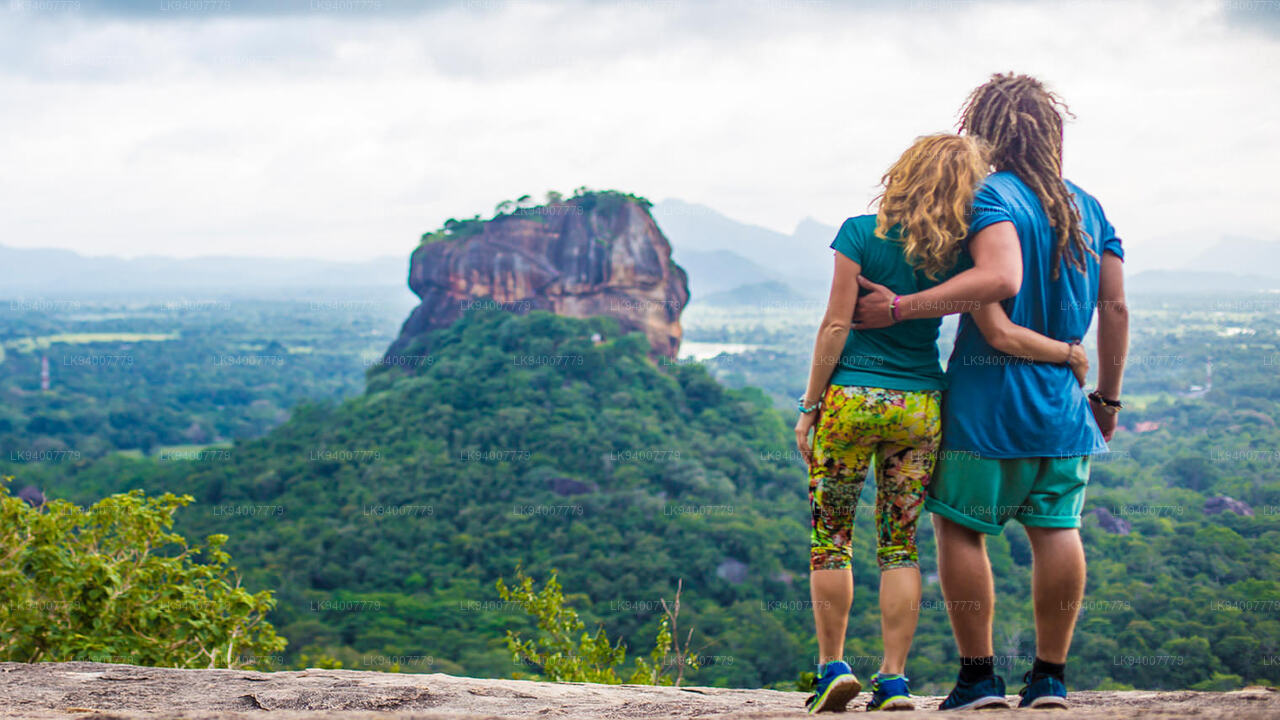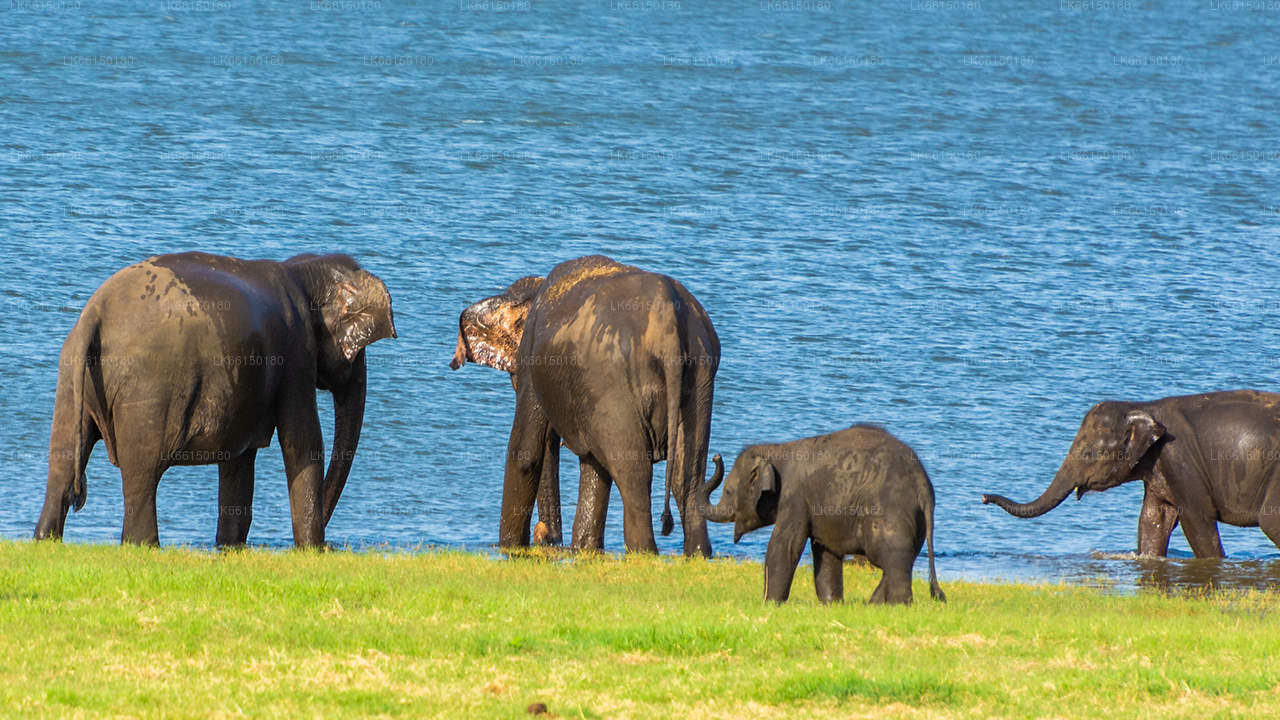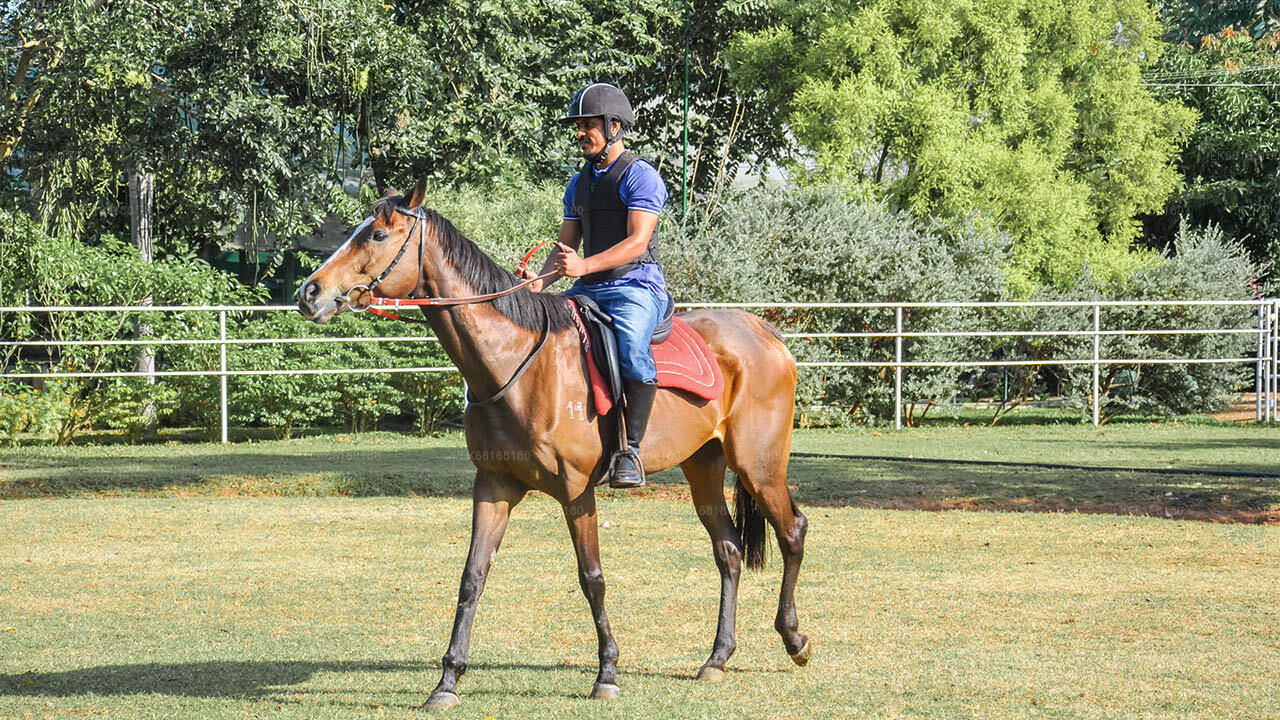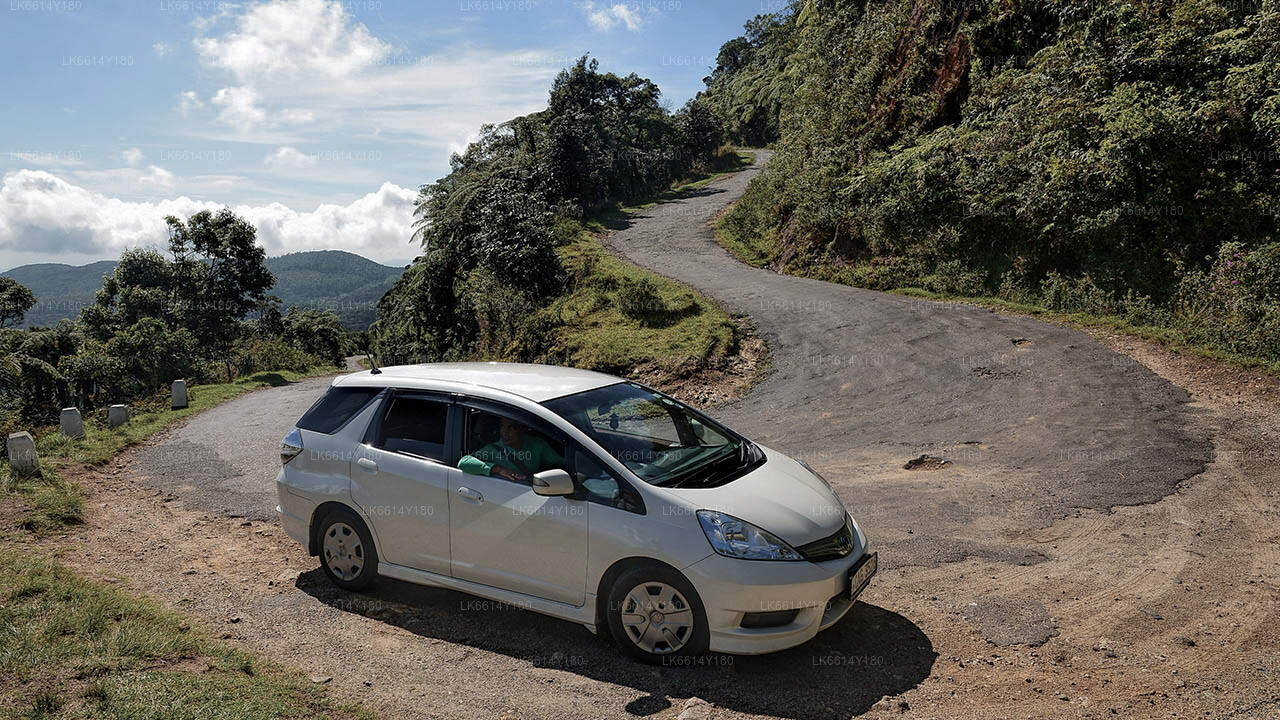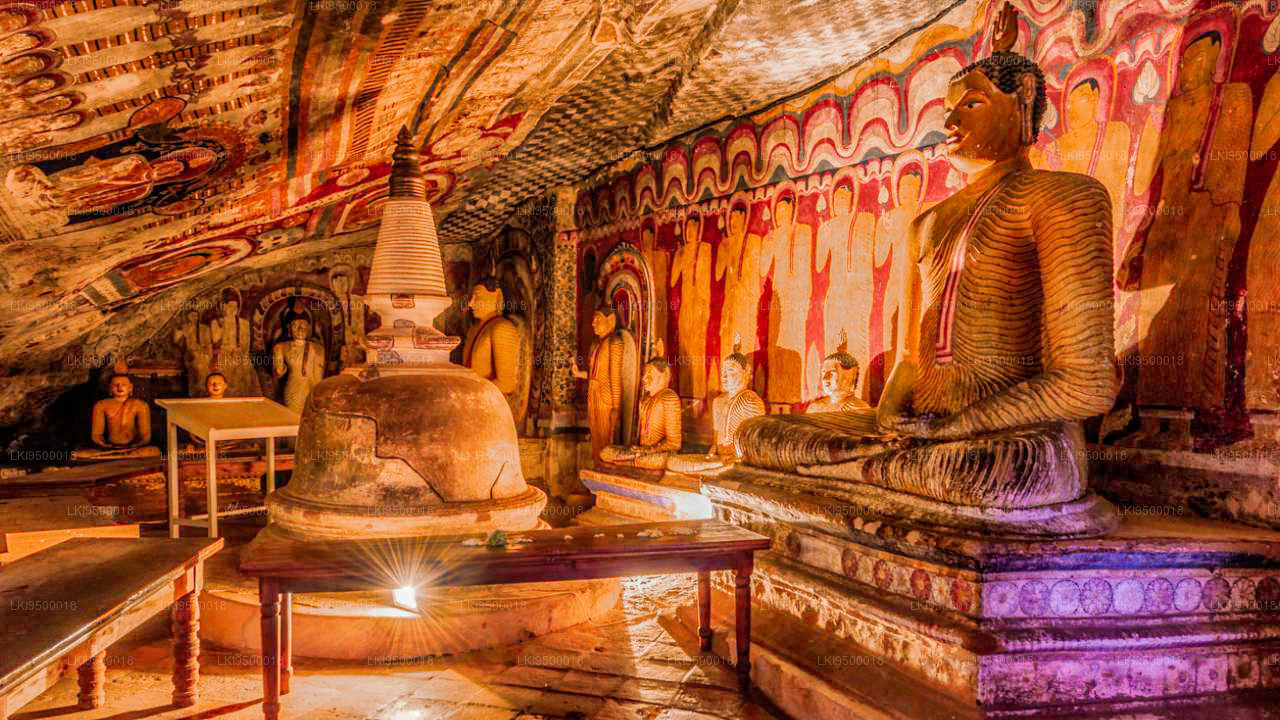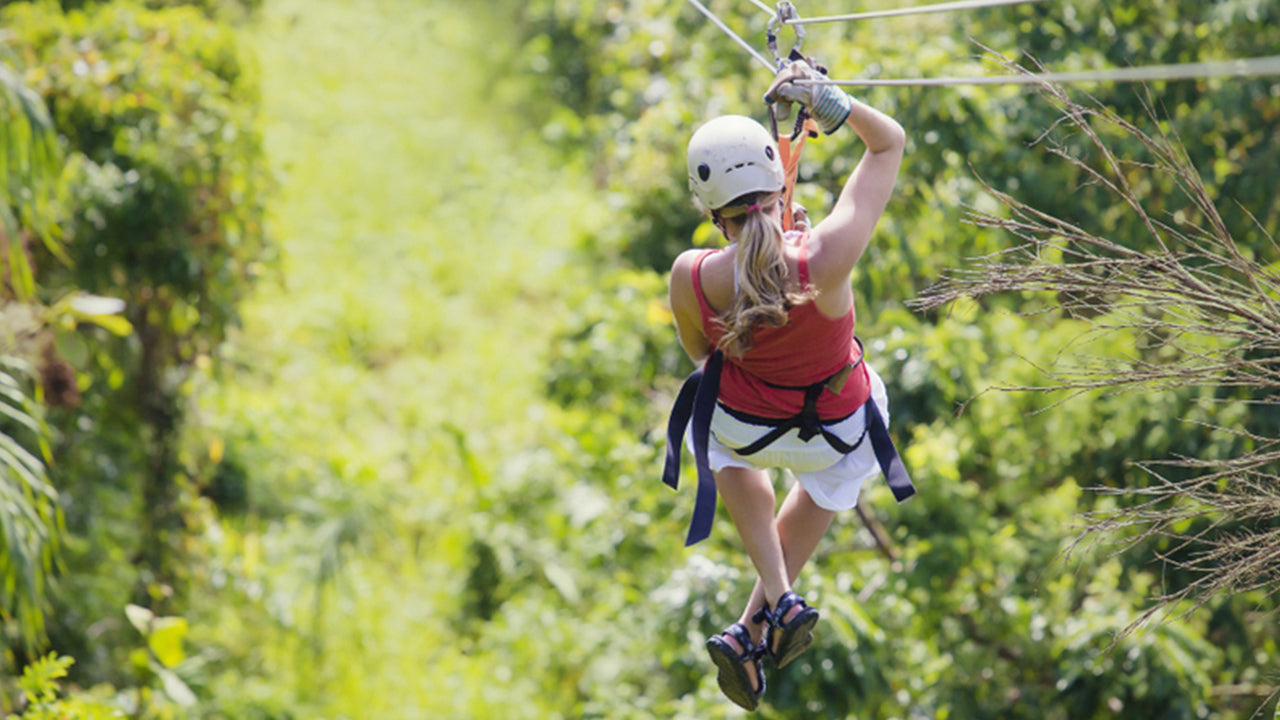
Dambulla City
Journey into the heart of cultural splendor in Dambulla, where ancient history meets modern exploration. Uncover the marvels of the UNESCO-listed Dambulla Cave Temple, meander through vibrant markets, and savor the unique fusion of tradition and innovation in this enchanting Sri Lankan town.
Gam Udawa Ground
Gam Udawa Ground, located in Dambulla, Sri Lanka, is a notable venue originally established as part of the Gam Udawa (Village Reawakening) movement initiated in 1979. This movement aimed to promote rural development and community engagement across various districts in Sri Lanka. The grounds have since evolved into a multifunctional space, hosting a variety of events and serving as a significant landmark in the region.
Over the years, Gam Udawa Ground has become a central hub for sports events, cultural festivals, and community gatherings. Its expansive area accommodates large-scale events, attracting both locals and visitors. The venue's versatility makes it suitable for activities ranging from athletic competitions to musical performances, contributing to the vibrant cultural landscape of Dambulla.
In addition to its role as an event venue, Gam Udawa Ground is recognized for its helipad facilities, enhancing accessibility for both emergency services and private charters. This feature underscores the ground's strategic importance in the region, facilitating swift transportation and connectivity.
Overall, Gam Udawa Ground stands as a testament to Sri Lanka's commitment to rural development and community empowerment. Its ongoing use for diverse events and its strategic facilities make it a significant and dynamic landmark in Dambulla.
About Matale District
Matale is a town in the hill country of Sri Lanka. The Knuckles Mountain Range is a special landmark of Matale.The Matale administrative district also contains the historic Sigiriya rock castle, Aluvihare Temple and Dambulla Cave Temple . Surrounding the town are the Knuckles foothills called Wiltshire. It is a mainly agricultural area, where tea, rubber, vegetable and spice cultivation dominate.
The Aluvihare Temple, on the North side of the town, is the historic location where the Pali Canon was first written down completely in text on ola (palm) leaves. Situated near Aluvihare are numerous monastery caves, some of which exhibit fine frescoes.
About Central Province
The Central Province of Sri Lanka consists primarily of mountainous terrain. The province has an area of 5,674 km², and a population of 2,421,148. Some major towns include Kandy, Gampola (24,730), Nuwara Eliya and Bandarawela. The population is a mixture of Sinhalese, Tamil and the Moors.
Both the hill capital Kandy and the city of Nuwara Eliya are located within the Central Province as well as Sri Pada. The province produces much of the famous Ceylon tea, planted by the British in the 1860s after a devastating disease killed all the coffee plantations in the province. Central Province attracts many tourists, with hill station towns such as Kandy, Gampola, Hatton and Nuwara Eliya. Temple tooth or Dalada maligawa is the main sacred place in Centrel province.
The climate is cool, and many areas about 1500 meters often have chilly nights. The western slopes are very wet, some places having almost 7000 mm of rain per year. The eastern slopes are parts of the mid-dry zone as it is receiving rain only from North-Eastern monsoon. The Temperatures range from 24°C at Kandy to just 16°C in Nuwara Eliya, which is located 1,889 m above sea level. The highest mountains in Sri Lanka are located in the Central Province. The terrain is mostly mountainous, with deep valleys cutting into it. The two main mountain regions are the central massif and the Knuckles range to the east of Kandy.

